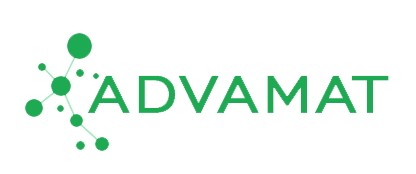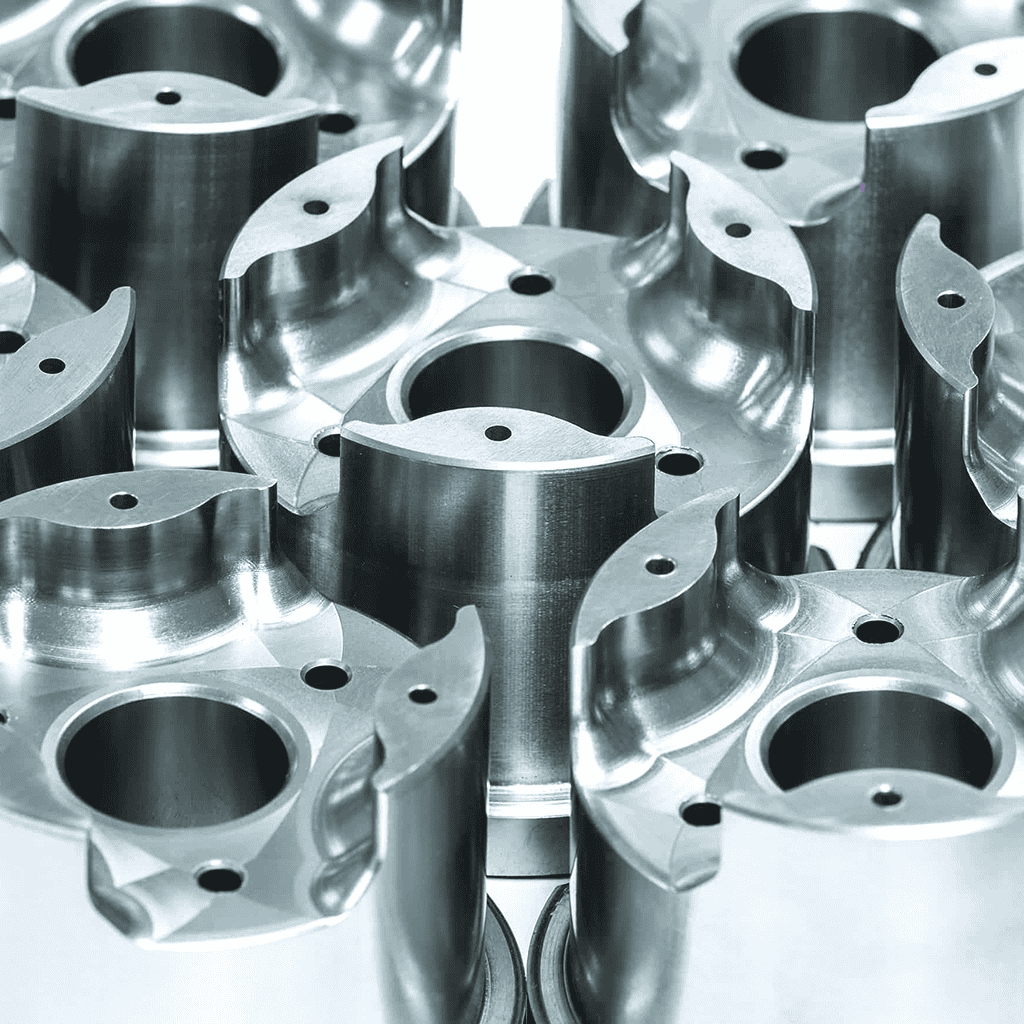
PVD coating is a surface treatment that protects tools or components from wear, corrosion, and extreme temperatures while adding an attractive appearance to the object.
PVD coating technology (Physical Vapor Deposition) is a process where metals are transformed into a gaseous state and then transferred onto an object to create a thin coating. This coating, which is just a few microns thick (about one-tenth the width of a human hair), can significantly enhance the properties of the coated object. Wear resistance can be increased by up to twenty times. Objects are shielded from wear, corrosion, high temperatures, and additionally, they look great.
Our Technology
We utilize PVD (Physical Vapor Deposition) methods for coating application, including sputtering and magnetron sputtering, employing both DC and pulsed, as well as HiPIMS magnetron sputtering.
Our coating capabilities extend to all cleaned metallic materials except zinc, as well as glass, plastics, and ceramics. For coating machine parts and tools, we are limited by the size of the vacuum chamber, with a maximum part size of 450 mm in diameter and 700 mm in height. For certain decorative applications, we can coat parts up to the dimensions of a cylinder with a diameter of 1300 mm and a height of 1500 mm.
We can deposit coatings at low temperatures (up to 150°C) to prevent thermal damage to the material onto which the layer is applied (e.g., aluminum, hardened steel).
How does PVD technology work?

Chamber vacuuming
10 – 30 min
The object is placed inside a vacuum chamber, which is then evacuated to a very low pressure. This step ensures that the coating process takes place in an environment free from the presence of air or other undesirable gases that could affect the quality of the coating.
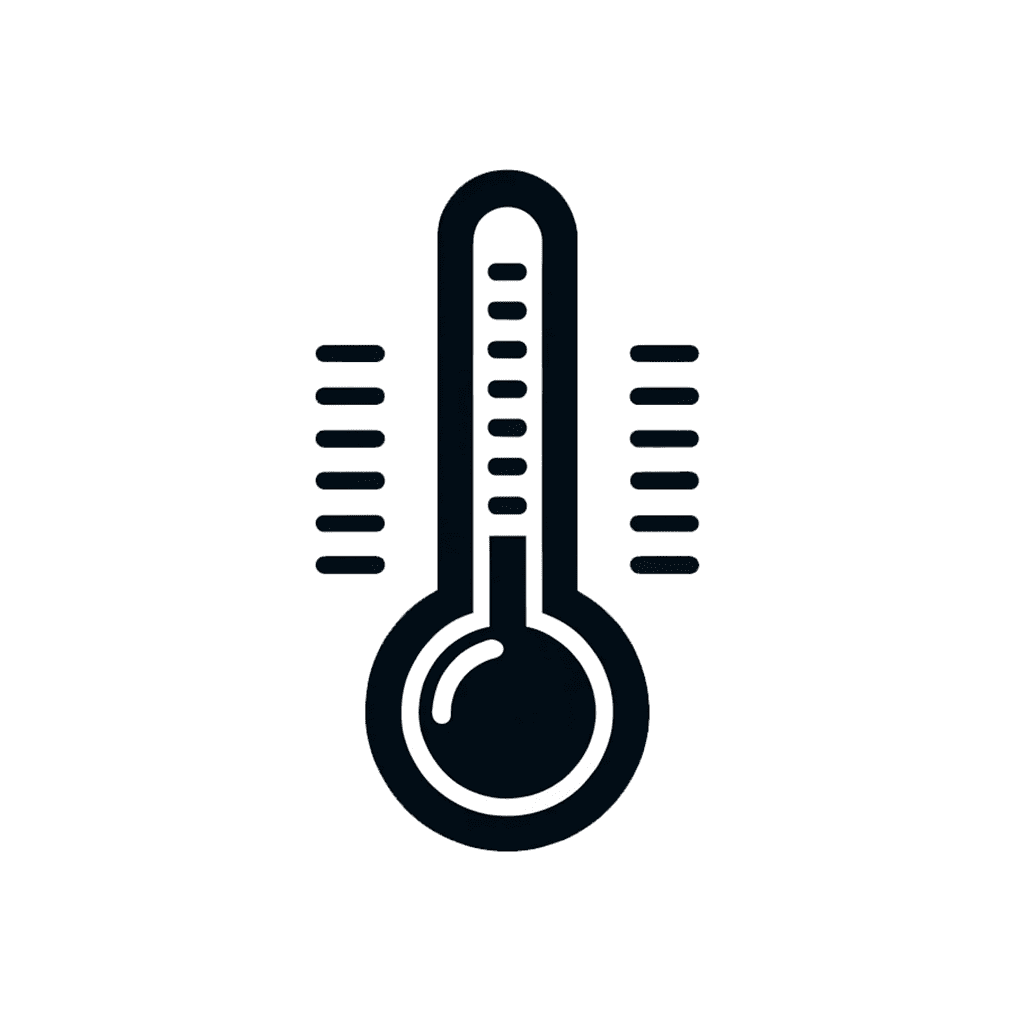
Warm up
90 min
The vacuum chamber is heated to improve adhesion and coating density. The temperature and heating time depend on the material of the object and the desired properties of the coating, typically ranging between 180-450°C.
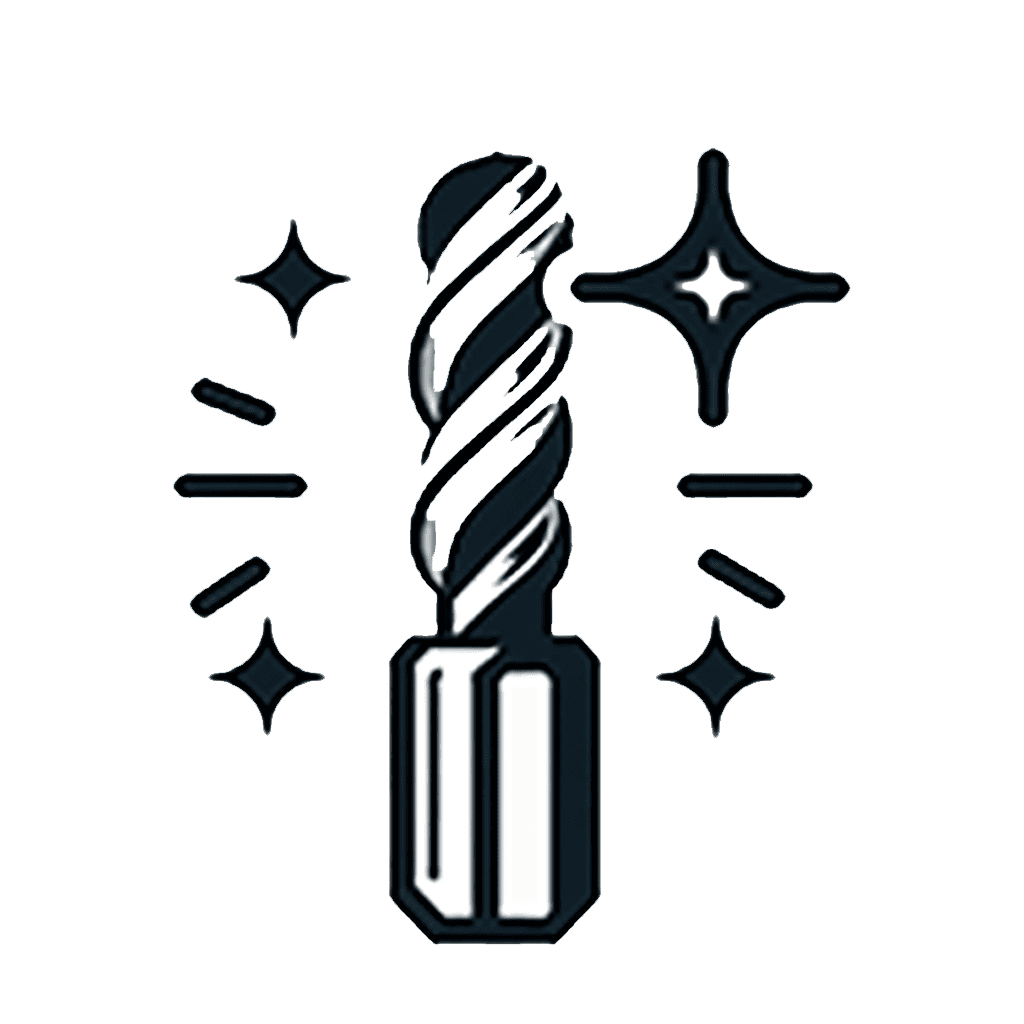
Ion Etching
30 – 90 min
Ion etching removes the thin oxide layer that forms on the surface of metal parts in the presence of air, thereby increasing the durability of the coating against peeling and wear. Ion etching activates the surface of the parts.
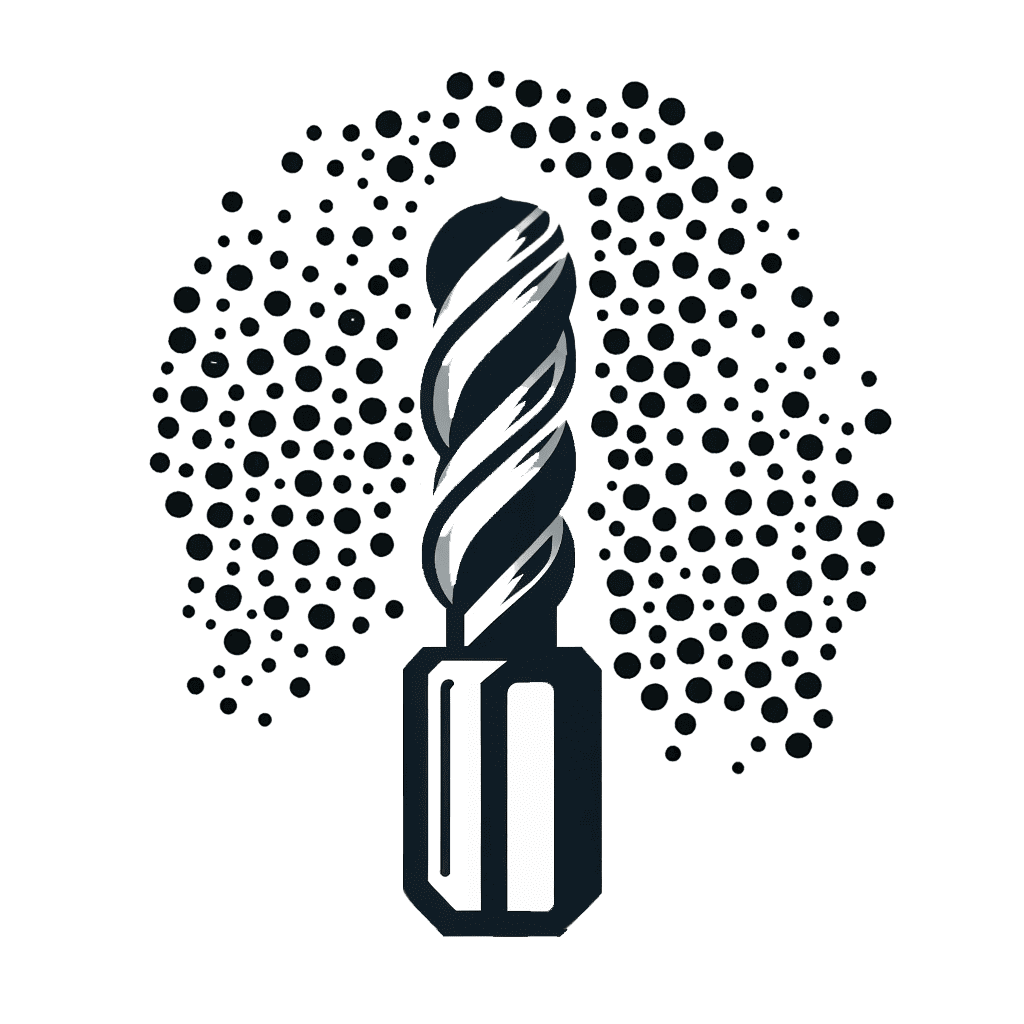
Coating
2 – 10 hr
The coating material (titanium, zirconium, aluminum, etc.) is transformed from a solid state to a gaseous phase within the vacuum chamber. Then, atom by atom, it gradually deposits onto the object, where it reacts and forms a thin film. The process parameters are carefully controlled to achieve the desired thickness and properties of the coating.

Quality Control
12 hr
Upon completion of the process, the chamber is returned to atmospheric pressure, and the coated part is cooled to a safe handling temperature. Subsequently, quality control of the coating is performed, including thickness measurement, adhesion tests, and other relevant tests, to verify the desired properties and quality.
There are numerous coatings available, and we're here to help you select the right technology for your needs. For clients who prioritize product aesthetics, we offer decorative coatings using HiPIMS technology. Clients seeking to reduce friction in their manufacturing process will appreciate DLC coatings or MoSC for vacuum applications. If you're primarily focused on increasing the durability of production tools, you may consider one of our nitride-based PVD coatings. We're here to advise and propose solutions tailored specifically to you.
Do you need to increase efficiency and optimize your production process?
We offer free consultation and cost-benefit analysis.
As one of the few in the Czech Republic, we possess the HiPIMS method (High Power Impulse Magnetron Sputtering), which is an advanced version of magnetron sputtering technology utilizing high-power pulses to create plasma with high ion density. While arc evaporation and magnetron sputtering are basic PVD techniques, HiPIMS represents an advanced version of magnetron sputtering, combining the advantages of both technologies. This enables the creation of coatings with superior microstructure, resulting in smoother, denser coatings with enhanced properties.
Comparison of PVD Technologies
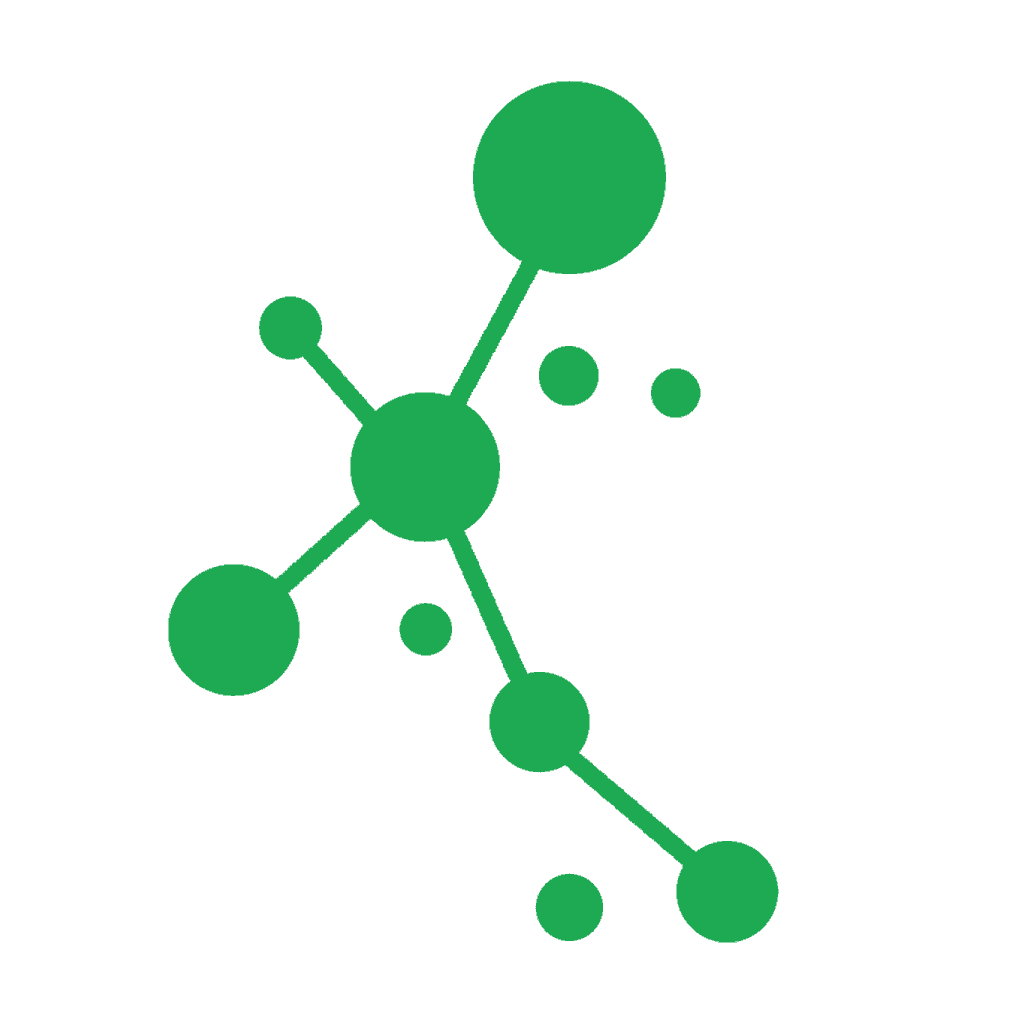
PVD TECHNOLOGY
∴
∴
Advantages
.
.
Disadvantages
.
Typical product
.
.
.
Reason for Suitability
.
.
.
.
.
.
.

ARC EVAPORATION
∴
∴
- Greater Coating Hardness
- High Adhesion and Density
.
- Produces Droplets (Macro Particles)
- Low Corrosion Protection
- High Internal Stress
- Cutting Tools (Drills, End Mills)
- Metal Forming Tools
.
- Ideal for applications requiring highly hard and durable coatings, such as AlCrN or AlTiN coatings
- It can create coatings with high adhesion to the surface, which is crucial for improving the lifespan and performance of cutting tools
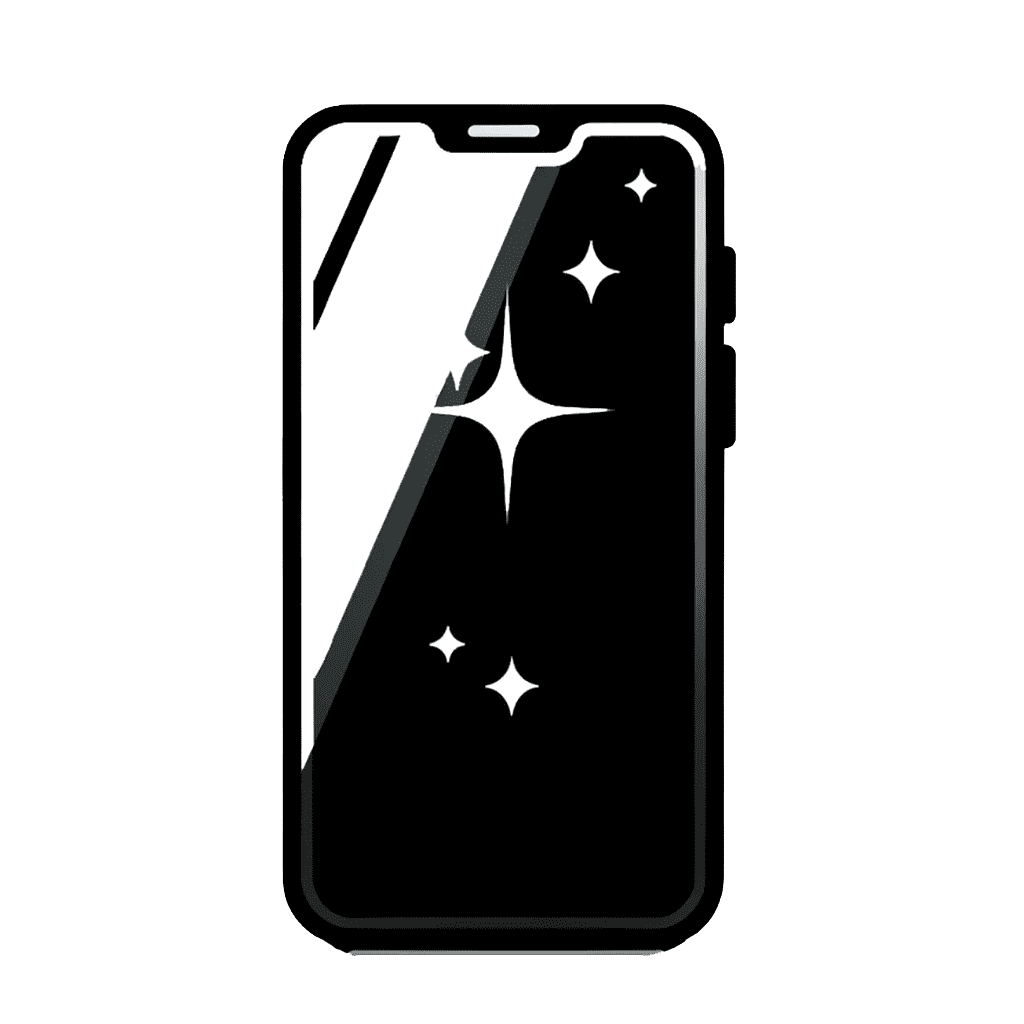
MAGNETRON SPUTTERING
∴
∴
- Low Internal Stress
- Smooth Surface
- Precise Control of Coating Thickness and Composition
- Lower Coating Adhesion Compared to Arc or HiPIMS
.
- Forming Tools
- Machine Parts Requiring Low Friction
- Parts with Specific Optical Properties
- Decorative Applications
- Enables the creation of very uniform and homogeneous coatings with very low roughness over large surfaces, ideal for manufacturing thin films for electronic displays
-

HiPIMS
High Power Impulse Magnetron Sputtering
- High Hardness, Wear and Corrosion Resistance
- Low Internal Stress
- Smooth Surface without Droplets
- Approx. 20% Lower Deposition Rate
- Cutting and Forming Tools
- Aerospace Components
- Medical Instruments and Implants
- Decorative Coatings
- Excellent adhesive properties, low friction coefficient, and high corrosion resistance
- Creation of dense and hard coatings
- Excellent mechanical and chemical properties
How does HiPIMS work?
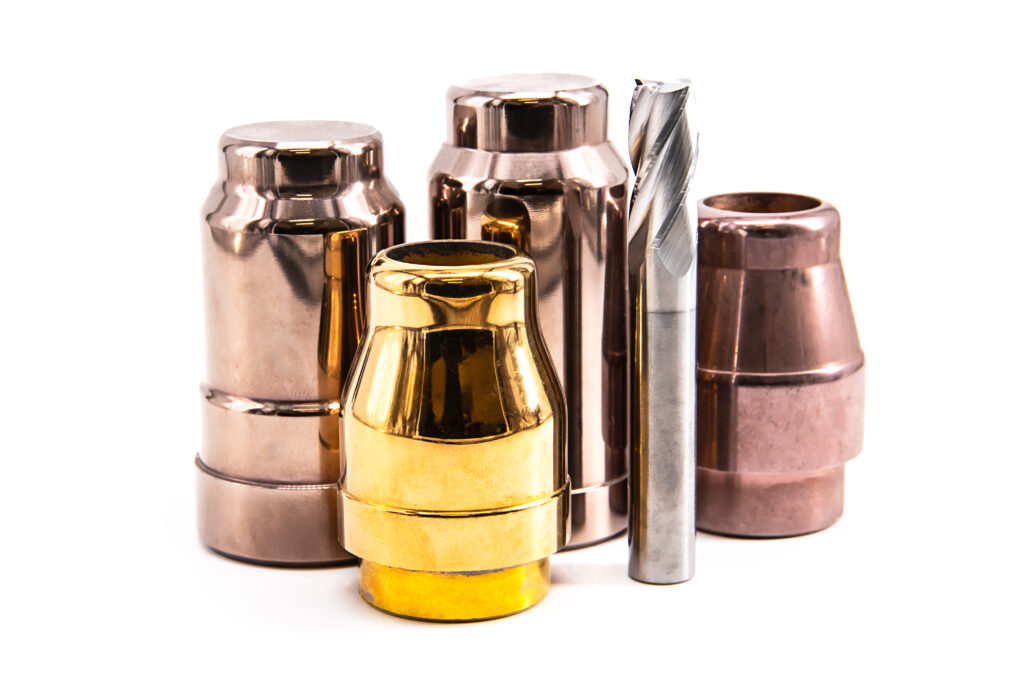
PVD Coatings
PVD coatings are widely used in various industries including tools and cutting instruments, where they extend lifespan and increase resistance to wear and tear, in the automotive industry to enhance component durability against corrosion and wear, in electronics where they improve conductivity and protect against corrosion, as well as in medicine where they offer biocompatible surfaces for implants and tools, and also in the watch and jewelry industry where they provide aesthetic surface finishes and increase scratch resistance. Additionally, PVD coatings are more environmentally friendly compared to some traditional processes, making them an ideal choice for a wide range of applications.
The hardest (HV 1000 - 4000) known synthetic materials. High resistance to abrasion, wear, and erosion
Thin ( 1 - 10 micrometers) - minimal impact on dimensions and tolerances of parts and tools
Very low friction (0.01 - 0.6) reduces friction losses and minimizes part wear
Non-stick surfaces (against plastics) - high variability in changing chemical and physical properties of the surface
Low coating temperatures (150° - 450°C) - do not change the geometry of parts due to expansion and maintain material strength
High adhesion to materials - excellent coating adhesion to various materials - metals, glass, and plastic
Growth of PVD Coating
The video shows the growth of a multilayer Nb and Zr simulated using standard molecular dynamics method. In the first part of the video, colors represent atoms of individual elements. In the second part, colors represent the number of neighboring atoms. The number of neighboring atoms indicates the crystalline structure (bcc for Nb and fcc for Zr) as well as the emerging defects due to shadowing and interdiffusion.
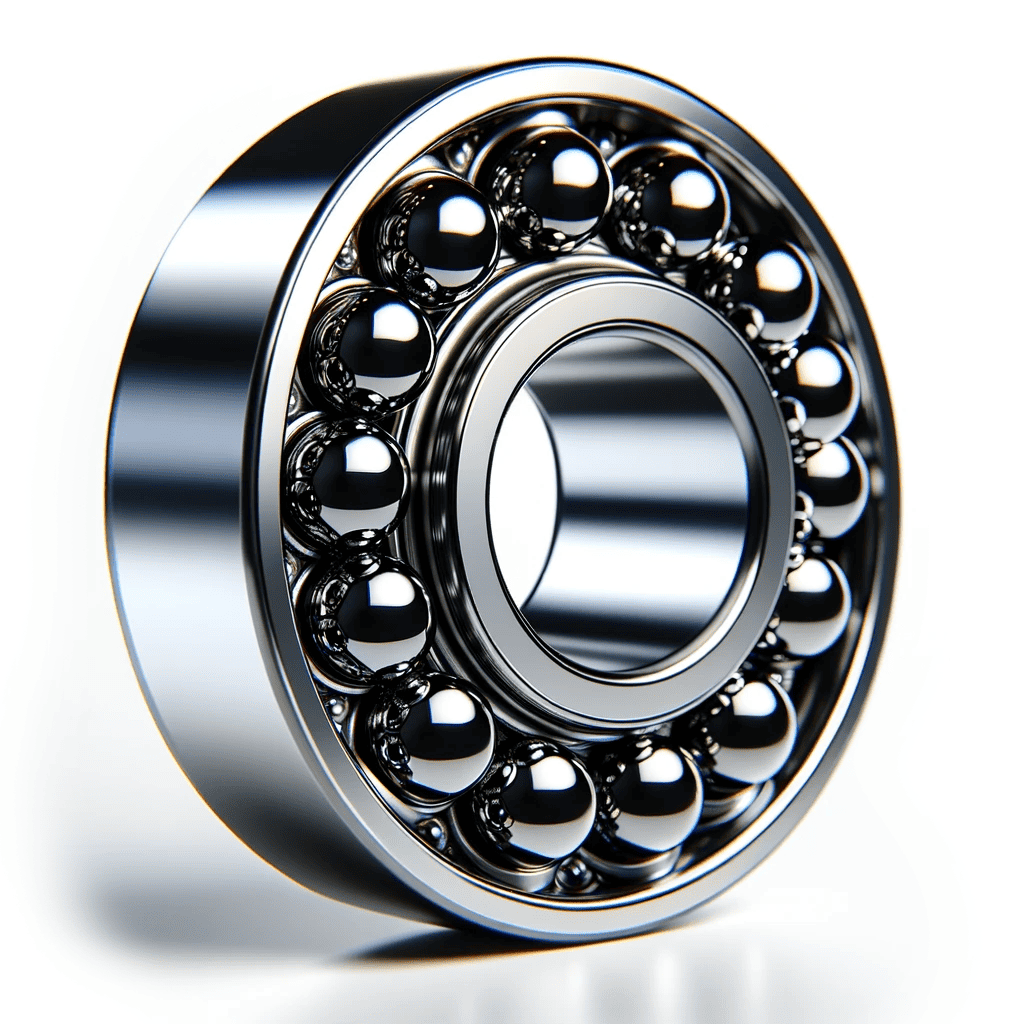
DLC Coatings
DLC "Diamond-Like Carbon" combines some of the best properties of diamonds - their incredible hardness and scratch resistance - but is much more affordable and versatile in use.
With these diamond-like coatings, you can coat almost anything, from components in cars to surgical instruments and even your watches, giving them extra resistance to wear and extending their lifespan. In addition to increasing the durability of your belongings, DLC coatings also significantly reduce friction, meaning that moving parts can move smoother and more efficiently without overheating. This is great for anything that rotates, slides, or otherwise moves - from engines and manufacturing equipment to sports gear.
Our specialization
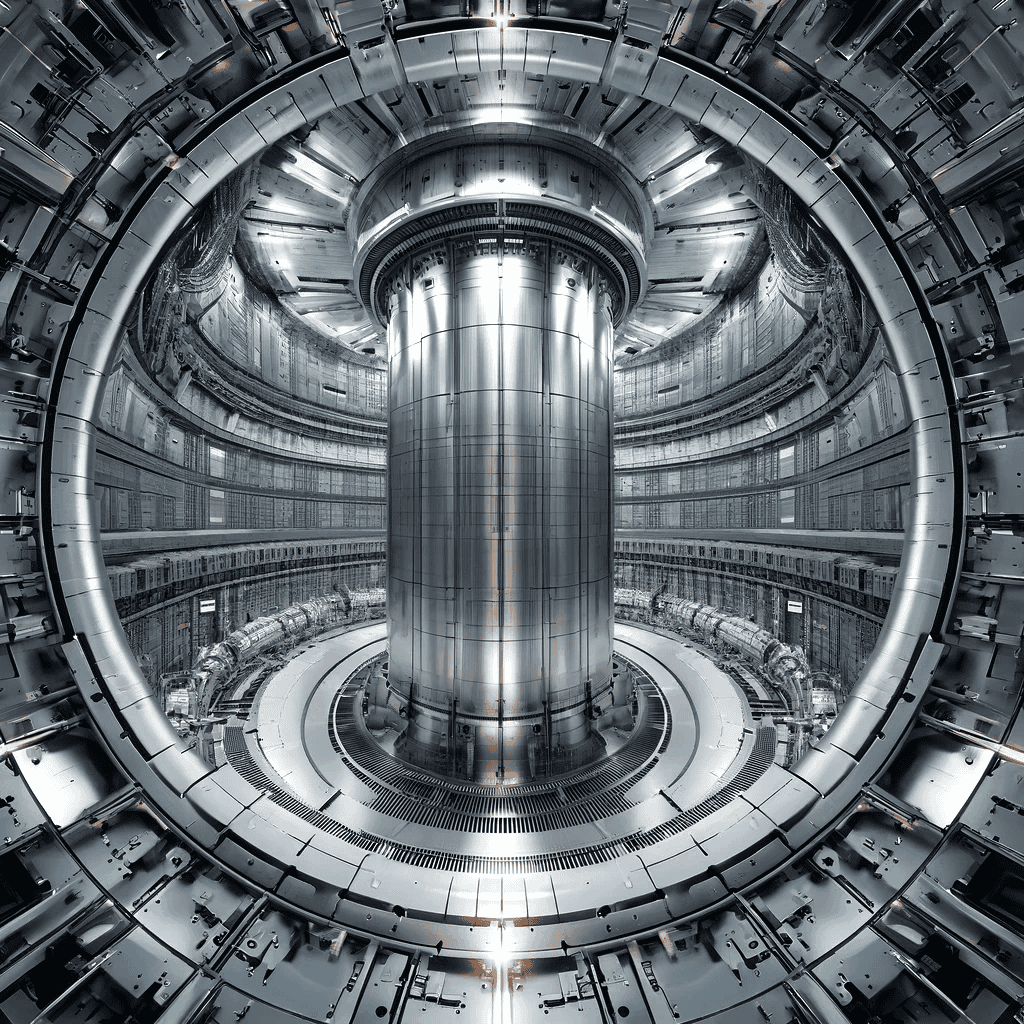
COATINGS FOR TOKAMAKS AND FUSION DEVICESCOATING OF MOULDS, DIES AND NON-FERROUS METALS
Tribological coatings - DLC, WS2, WSC/WSN
Tribological coatings are utilized wherever it is necessary to reduce friction coefficient, prevent cold welding, and ensure good lubricating properties.
The basic principle of tribological layers involves the formation of a tribological layer, which occurs through the transformation of several top atomic layers of the material. A common example is DLC coatings. DLC coatings consist of carbon in diamond and graphite configuration (roughly 50:50), where the diamond configuration ensures high hardness and the graphite configuration low friction. Under pressure, the diamond bonds in the friction contact transform into graphite, and the resulting 2D graphene flakes mediate low friction and thus low wear.
Similarly, our uniquely developed WSC/WSN coatings based on transition metal dichalcogenides operate on the same principle.
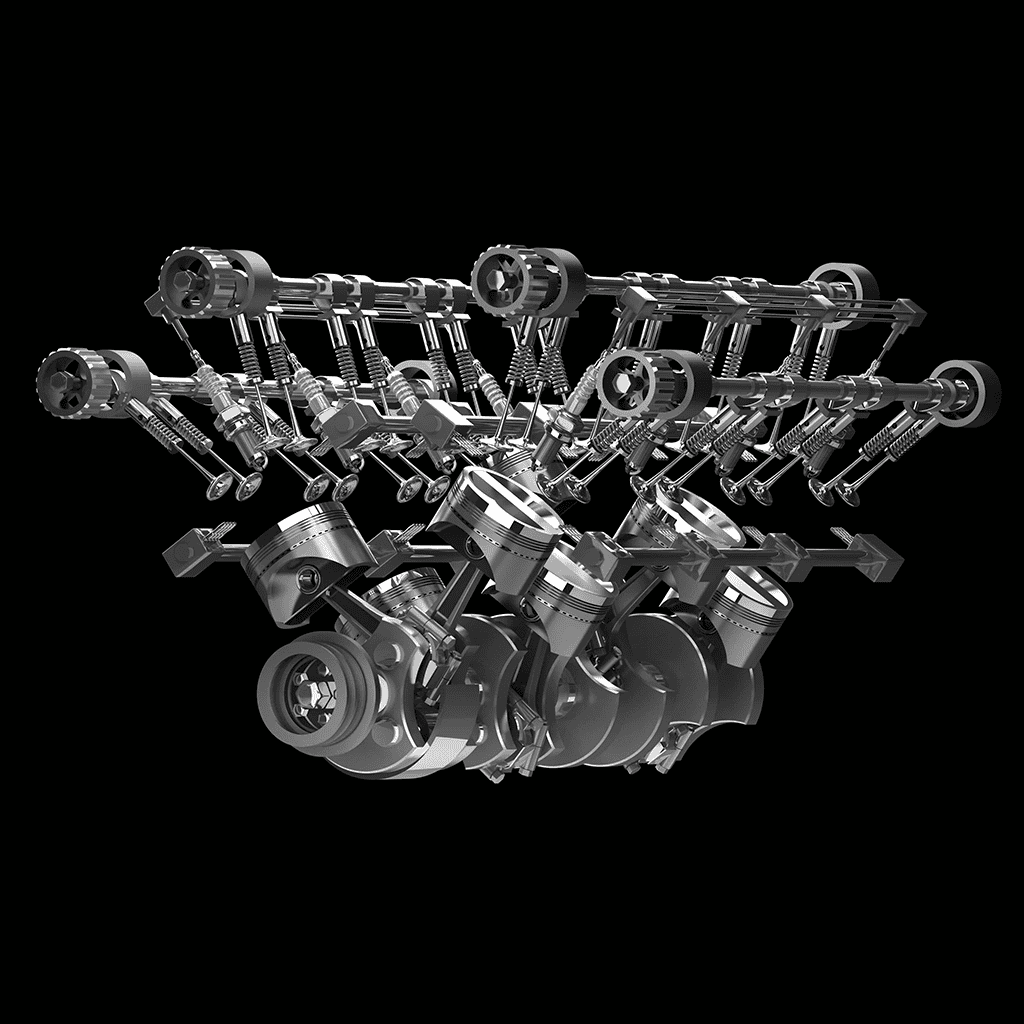
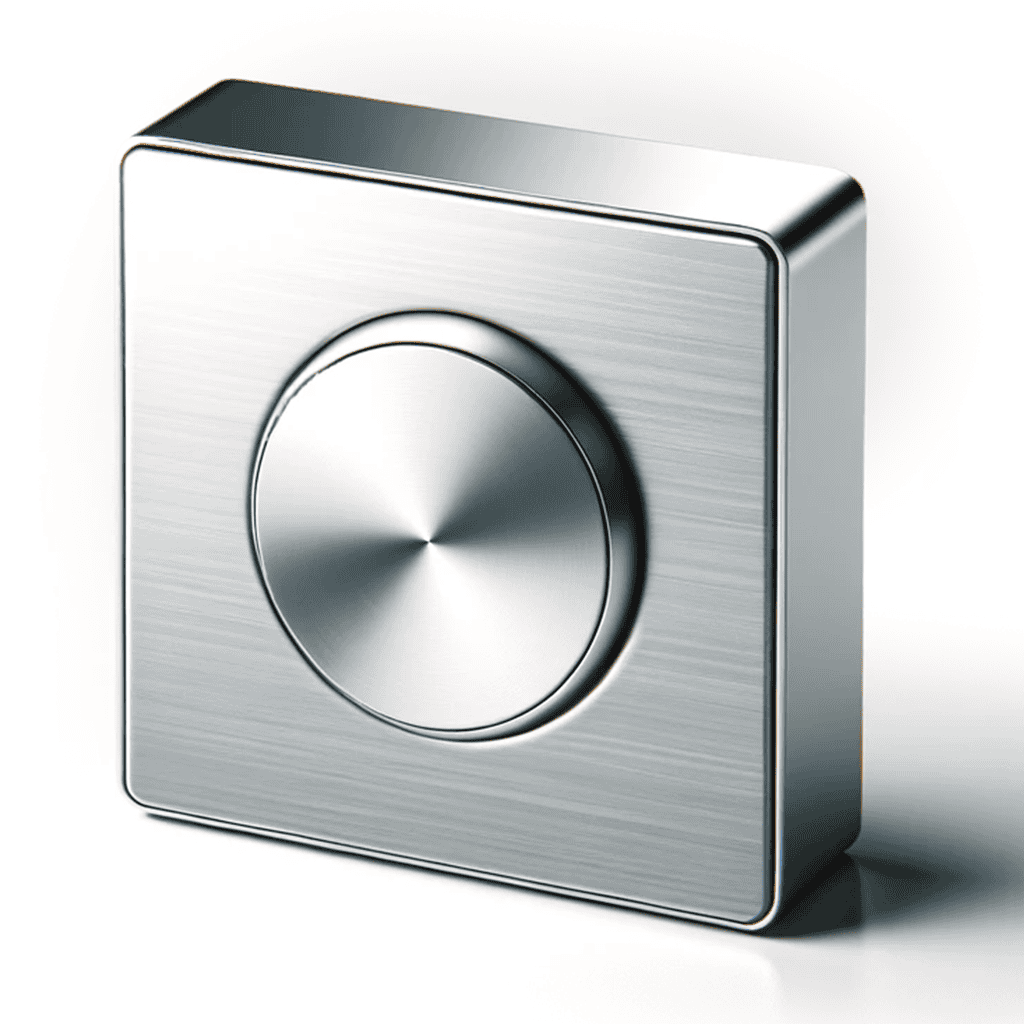
Coating of plastics
Coating at Low Temperatures
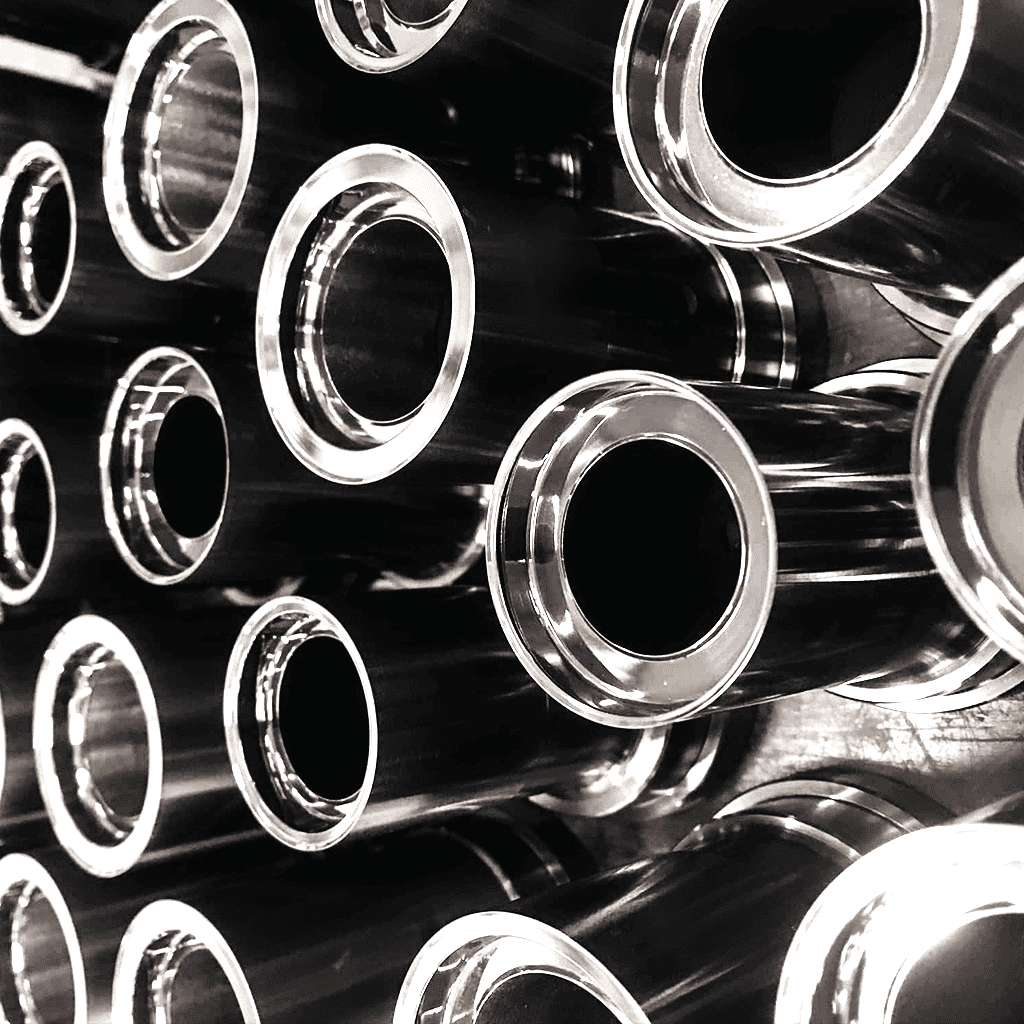
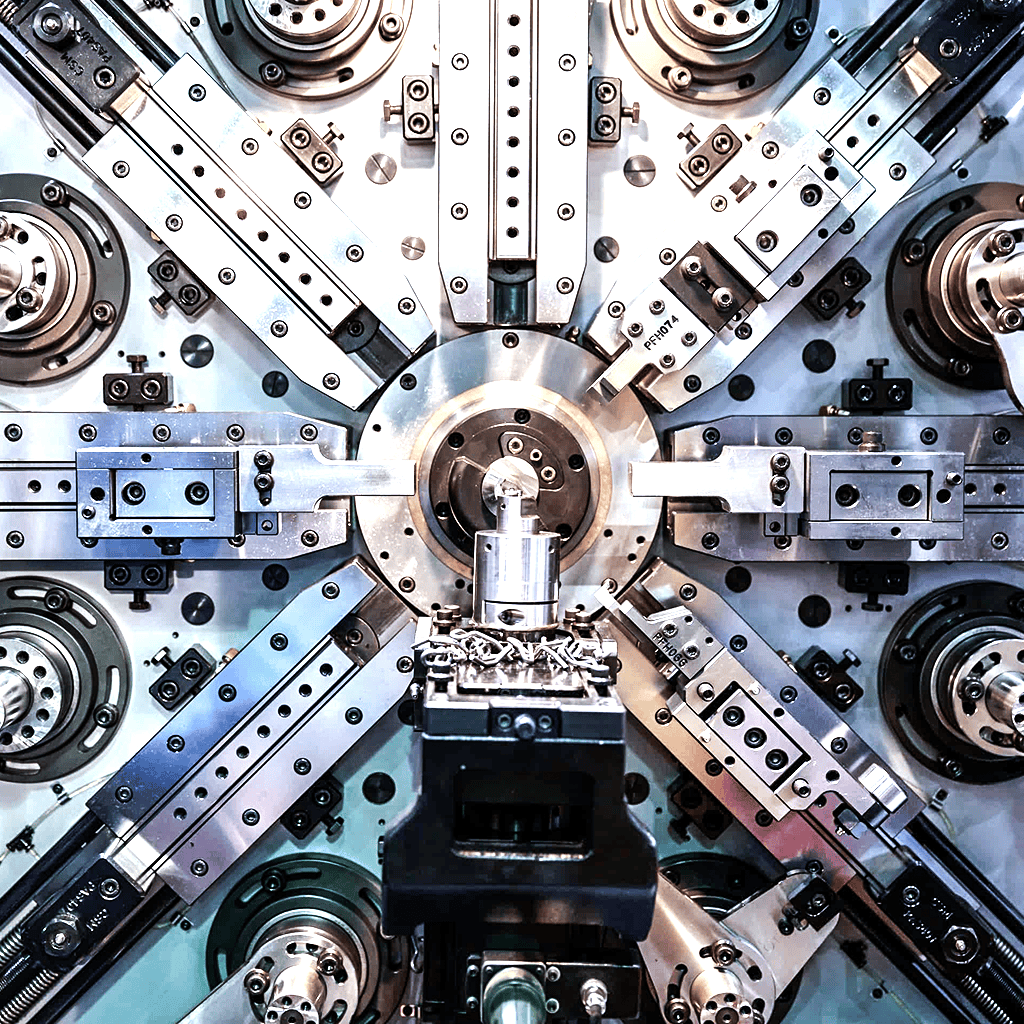
Optimizing Your Coatings
At AdvaMat Ltd., our primary focus lies in the development and optimization of coatings to precisely meet the needs of our customers. To efficiently and cost-effectively optimize coatings, we employ not only trial-and-error methods but also extensive measurement equipment. In addition to typical mechanical properties of coatings, we are capable of measuring and adjusting the internal stress of the coating, measuring the friction of the coating against any materials (according to ISO and ANSI standards), and precisely measuring surface roughness and geometry (for instance, after edge grinding or polishing).
Coating of Aluminum Alloys
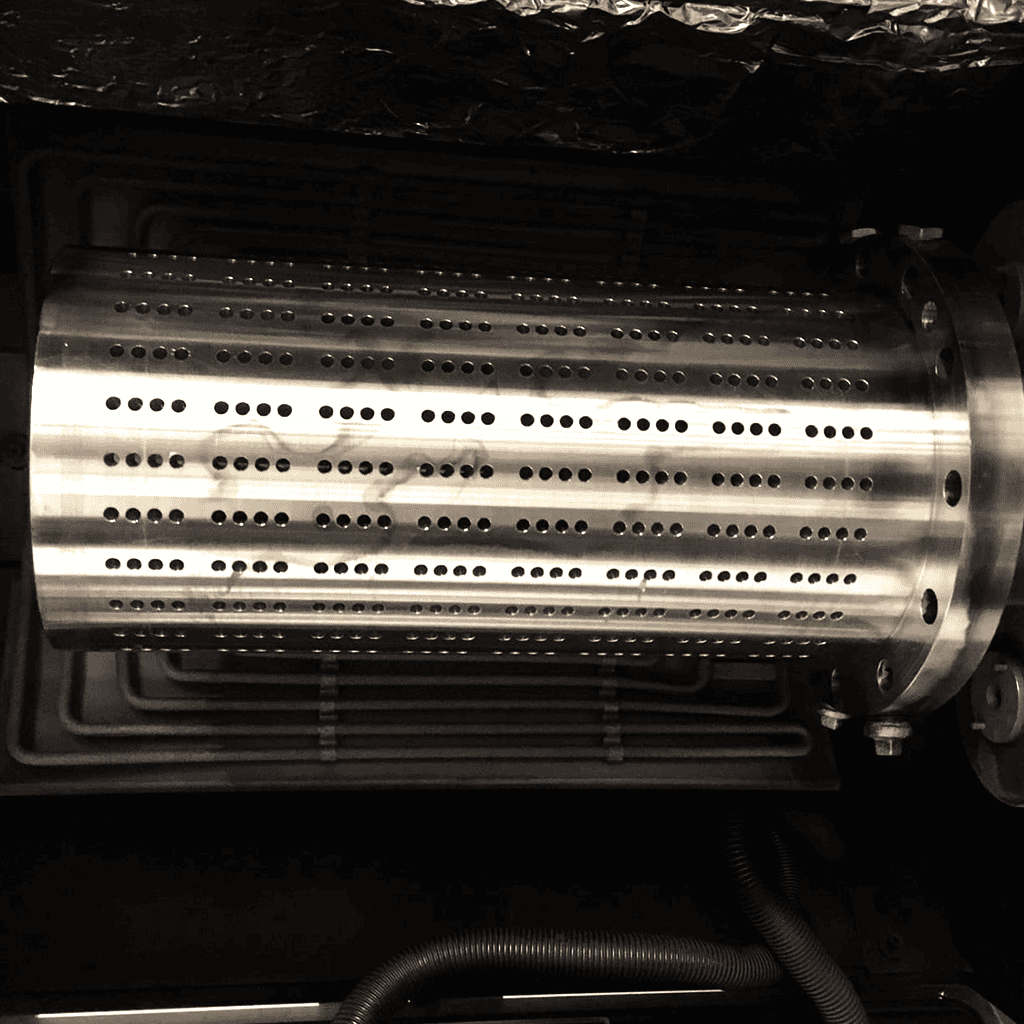
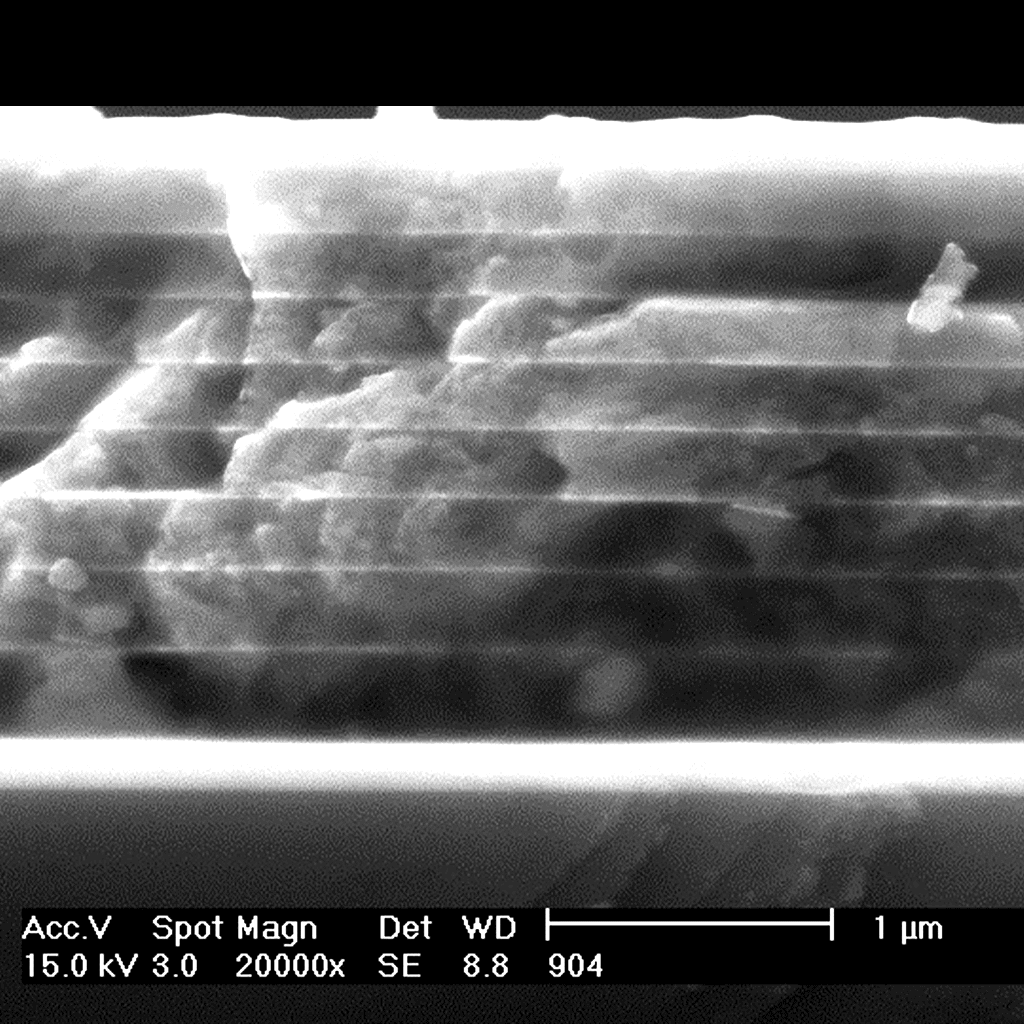
Coating of Non-conductive Surfaces
Non-conductive PVD coatings mainly include DLC layers and oxide coatings. DLC coatings have extensive applications primarily as tribological coatings reducing friction in mechanical mechanisms, as coatings with excellent corrosion resistance, and as luxurious decorative coatings.
Oxides have not been used in industrial practice for tools and components for a long time due to the challenging deposition process. With their ability for good electrical insulation, they complicate the formation and duration of a stable coating process. Special control mechanisms are required for managing the growth of oxide coatings.
Oxide coatings (Al2O3, (AlCr)2O3, and Cr2O3) are mainly used as protection against oxidation at high temperatures and as excellent anti-adhesive coatings against plastics, aluminum alloys, and other colored metals.
